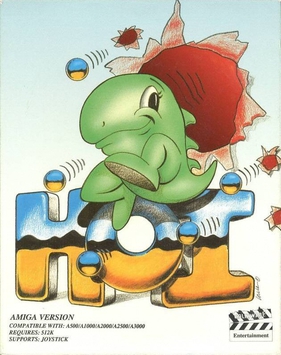
Hoi is a 1992 platform video game developed by Team Hoi and published by Hollyware Entertainment in North America and Software Business in Europe for the Amiga. In the game, players assume the role of the titular lime green "Saur" character venturing into the "Madlands", an area within Hoi's home planet populated with obstacles, to face a ritual test of maturity and find a female partner.

The Immortal is an isometric action-adventure game originally created by Will Harvey and released by Electronic Arts in 1990 for the Apple IIGS. It was soon ported to the Amiga, Atari ST, DOS, Nintendo Entertainment System, and Genesis. A wizard is attempting to find his mentor in a large and dangerous labyrinth. It has a high degree of graphic violence. In 2020, the NES port was re-released on the Nintendo Switch Online service, while the Genesis port was re-released on the Piko Collection Collection 1 cartridge for the Evercade.
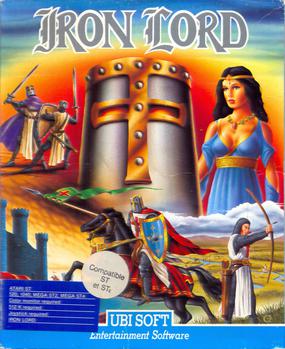
Iron Lord is an adventure video game developed by Orou Mama and Ivan Jacot for the Atari ST and published by Ubi Soft in 1989. It was ported to the Amiga, Acorn Archimedes, Amstrad CPC, Commodore 64, ZX Spectrum, and MS-DOS.
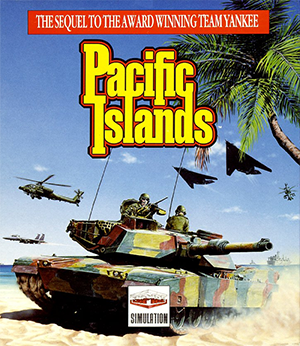
Pacific Islands is a computer game published by Empire Interactive in 1992 for the MS-DOS, Amiga and Atari ST. It is the sequel to the 1987 video game, Team Yankee.

The Final Battle is a fantasy adventure video game published by Personal Software Services for the Amiga and Atari ST in November 1990. The game was originally scheluded to be released in January of the same year. An MS-DOS port was released later in 1991. It is a sequel to Legend of the Sword from 1988.

P-47: The Phantom Fighter is a 1988 horizontally scrolling shooter arcade video game originally developed by NMK and published by Jaleco. Set during World War II, players control a Republic P-47 Thunderbolt fighter aircraft to face against the Nazis, who are occupying multiple countries around the world. Its gameplay involves destroying waves of enemies, picking up power-ups and new weapons, and destroying bosses. It ran on the Mega System 1 hardware.
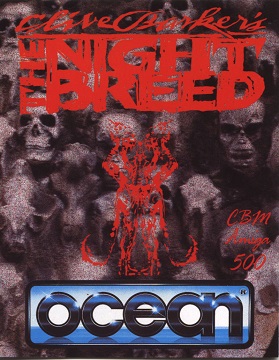
Clive Barker's Nightbreed: The Interactive Movie is a 1990 arcade adventure video game developed by Impact Software and published by Ocean Software on Atari ST and DOS. It is based on Clive Barker's movie Nightbreed, which in turn is based on Barker's novella Cabal. It was originally supposed to be part of a trilogy, alongside Clive Barker's Nightbreed: The Action Game and an ultimately-unreleased RPG.
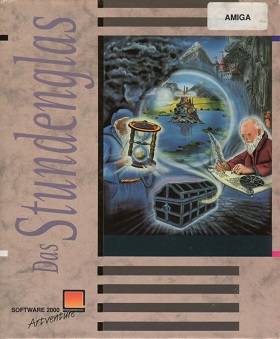
Das Stundenglas is a German text adventure game published in 1990 by Software 2000 and developed by Weltenschmiede, and released for Amiga, Atari ST and DOS. Das Stundenglas is part of a text adventure trilogy; it is succeeded by Die Kathedrale (1991) and Hexuma (1992). The trilogy lacks an overarching plot, and in each entry the setting, role of the protagonist, and goal differ between each game. Games in the trilogy do not require knowledge of the other entries and may be played as standalone games.

Heavy Metal is a 1988 video game published by Access Software.

Resolution 101 is a 1990 video game developed by Astral Software and published by Millennium Interactive.

Worlds of Legend: Son of the Empire is a 1993 role-playing video game developed and published by Mindscape for the Amiga and MS-DOS. It is a sequel to Legend from 1992.

The Seven Gates of Jambala is a 1989 platform video game developed by Thalion Software and published by Grandslam Entertainments for the Amiga and Atari ST. An Amiga CD32 port was released in 1994. 8-bit ports for the Commodore 64, Amstrad CPC, and ZX Spectrum were cancelled.

Warp is a 1989 multidirectional shooter developed and published by Thalion Software for the Atari ST. It was ported later to the Amiga.
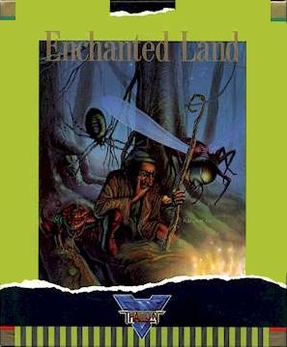
Enchanted Land is a 1990 platform video game developed and published by Thalion Software for the Atari ST. An Amiga port was released later.

Ghost Battle is a platform game developed by Interactive Design and published in 1991 by Thalion Software for the Amiga and ported to the Atari ST. It was developed by Austrian programmer Erwin Kloibhofer and Dutch graphic designer Henk Nieborg who were hired by Thalion after the game was published. Ghost Battle was influenced by Ghosts 'n Goblins, Green Beret, and various horror films. The pair later developed Lionheart (1993).
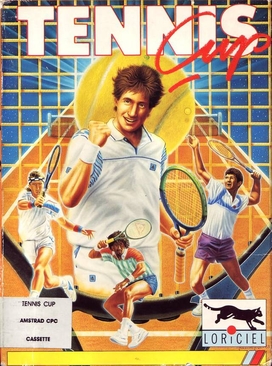
Tennis Cup is a 1990 tennis video game developed and published by Loriciel for the Amiga. It was ported to the Atari ST, MS-DOS and Amstrad CPC during the same year. Tennis Cup was ported to TurboGrafx-16 in 1991 as Davis Cup Tennis. Versions for the Super Nintendo and Mega Drive/Genesis were released in 1993.

Tie Break is a 1990 tennis video game developed and published by Starbyte Software for the Amiga. Ports for other home computers were released later. The game is known as Adidas Championship Tie Break on the ZX Spectrum.

Advantage Tennis is a 1991 tennis video game developed and published by Infogrames for the Amiga, Atari ST, and MS-DOS.
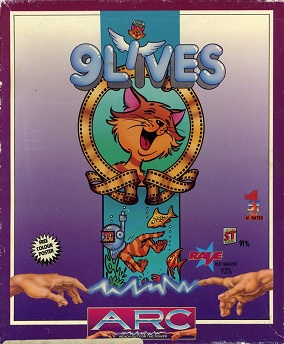
9 Lives is a platform game released in 1990 for the Amiga and Atari ST. It was developed by ARC, a software division of Atari Corporation. The player takes the role of Bob Cat, who must rescue Claudette from a mad scientist who kidnapped her.

Necronom is a 1990 shoot'em up video game developed by English studio Lunatic Software and published by Linel for the Amiga.




















